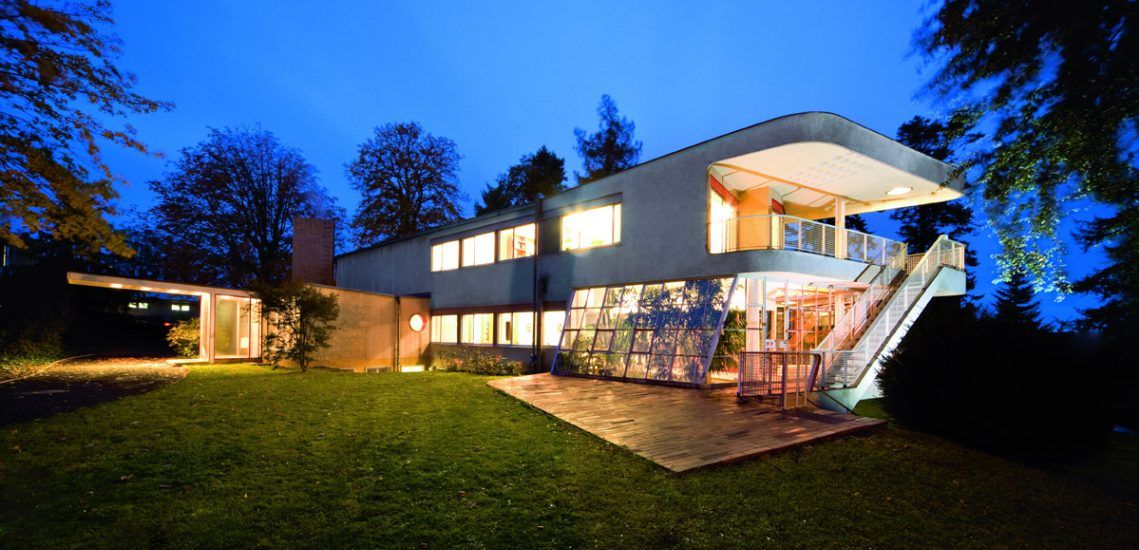
2019 - 100 years of Bauhaus
School of ideas, field of experimentation, pioneer: The Bauhaus was an institution in the free and applied arts, design, architecture and education. And it still is today. Although it only existed for 14 years, the basic ideas developed there still have an impact today.
Bauhaus-Style.
The Bauhaus is omnipresent in our everyday lives. Such as in design, when red, yellow and blue are used together. Or when thick bars and sans-serif letters are combined. When everything is written in lower or upper case. But the Bauhaus’ influences are most clearly seen in architecture. In homes with lots of glass and shiny metal; in the steel-tube chair frame; in cubed wallpaper, lamps with nickel-plated frames and brass sheet as a shade. It’s evident in windows that stretch around corners; in flat roofs; in skeleton frame constructions; in combinations of steel, glass and concrete; in rectangular terraces or square orchards. Our articles on the ‘100 years of Bauhaus’ centenary year show how the architecture continues to set benchmarks in Saxony to this day.




